Researchers have designed a particle accelerator with nanotubes smaller than a human hair.
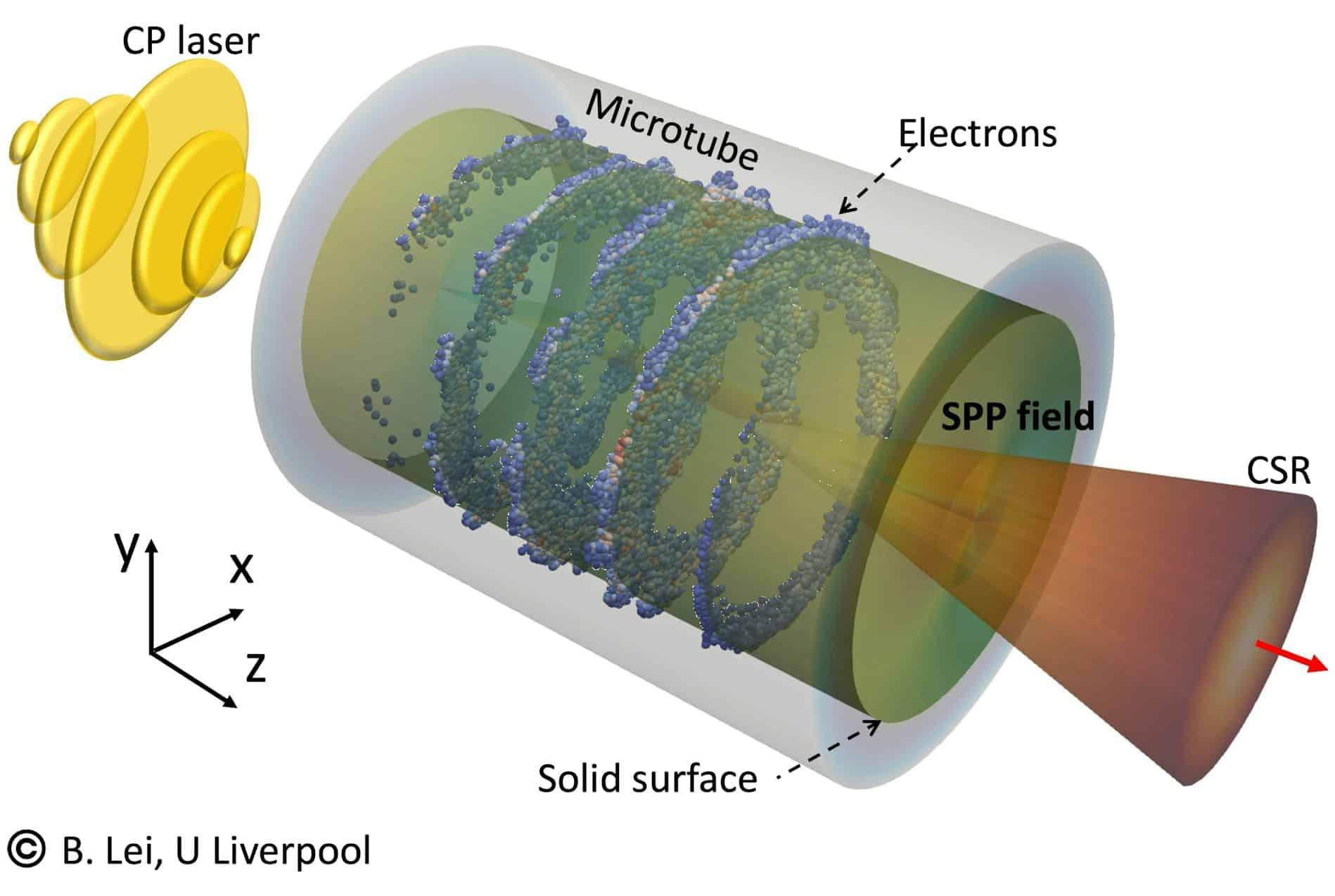

The universe is mostly invisible. Dark matter, the mysterious substance making up 85% of cosmic mass, has been detected through a stunning gamma-ray signal. Join us as we break down the research by a University of Tokyo astrophysicist who believes he has caught WIMP particles destroying each other a finding that redefines our place in the cosmos.
#universe #space #darkmatter #wion.
About Channel:
WION The World is One News examines global issues with in-depth analysis. We provide much more than the news of the day. Our aim is to empower people to explore their world. With our Global headquarters in New Delhi, we bring you news on the hour, by the hour. We deliver information that is not biased. We are journalists who are neutral to the core and non-partisan when it comes to world politics. People are tired of biased reportage and we stand for a globalized united world. So for us, the World is truly One.
Please keep discussions on this channel clean and respectful and refrain from using racist or sexist slurs and personal insults.
Check out our website: http://www.wionews.com.
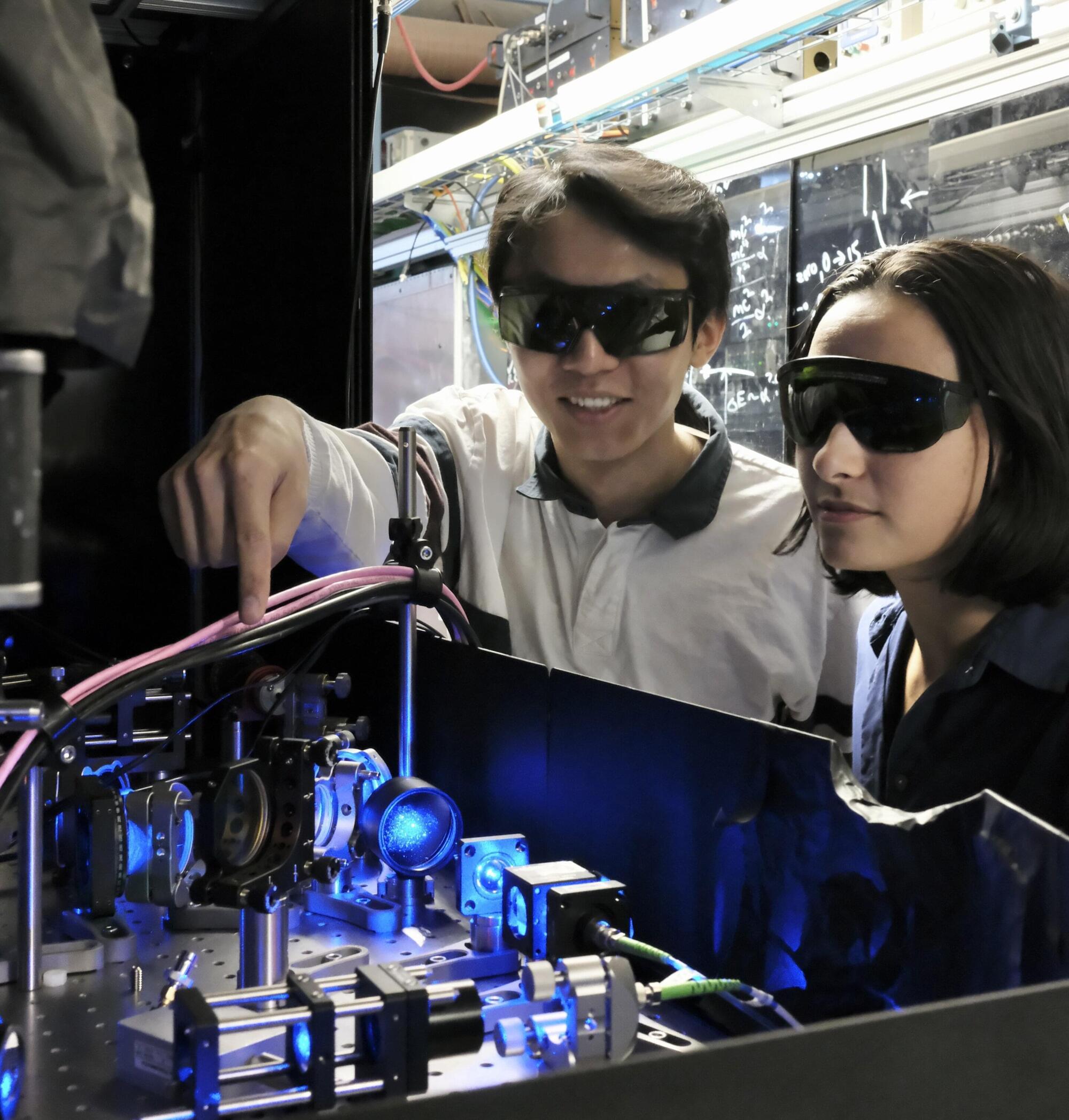
Optical lattice clocks are devices that measure the passing of time via the frequency of light that is absorbed or emitted by laser-cooled atoms trapped in a repeating pattern of light interference known as optical lattice.
These clocks are significantly more precise than classical clocks and could pick up subtle physical phenomena. They could also be used to test the predictions of various physics theories and could help to improve the performance of existing timekeeping, sensing and communication systems.
Researchers at JILA National Institute of Standards and Technology and University of Colorado recently introduced a new strontium atom-based optical lattice clock that achieved unprecedented precision.
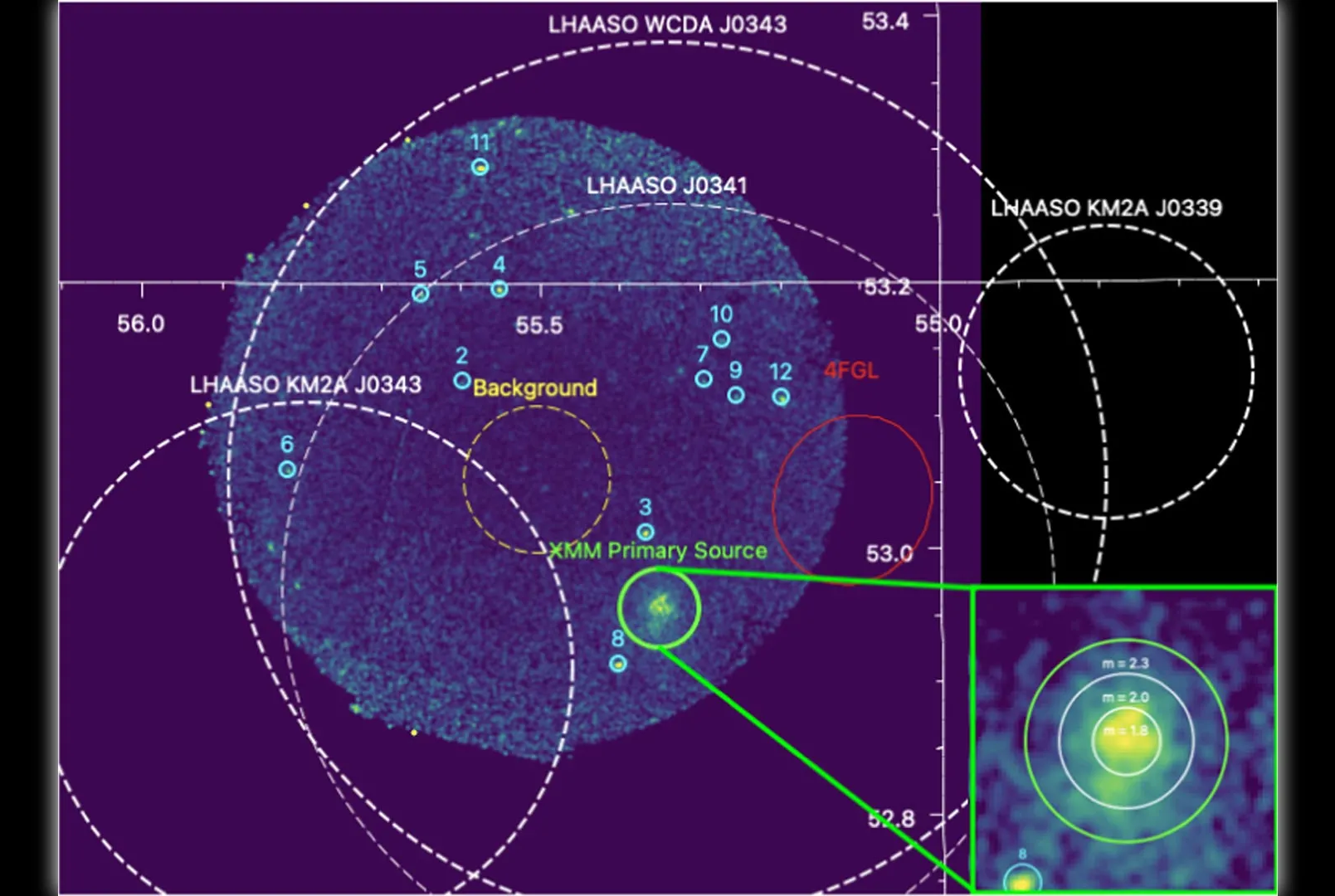
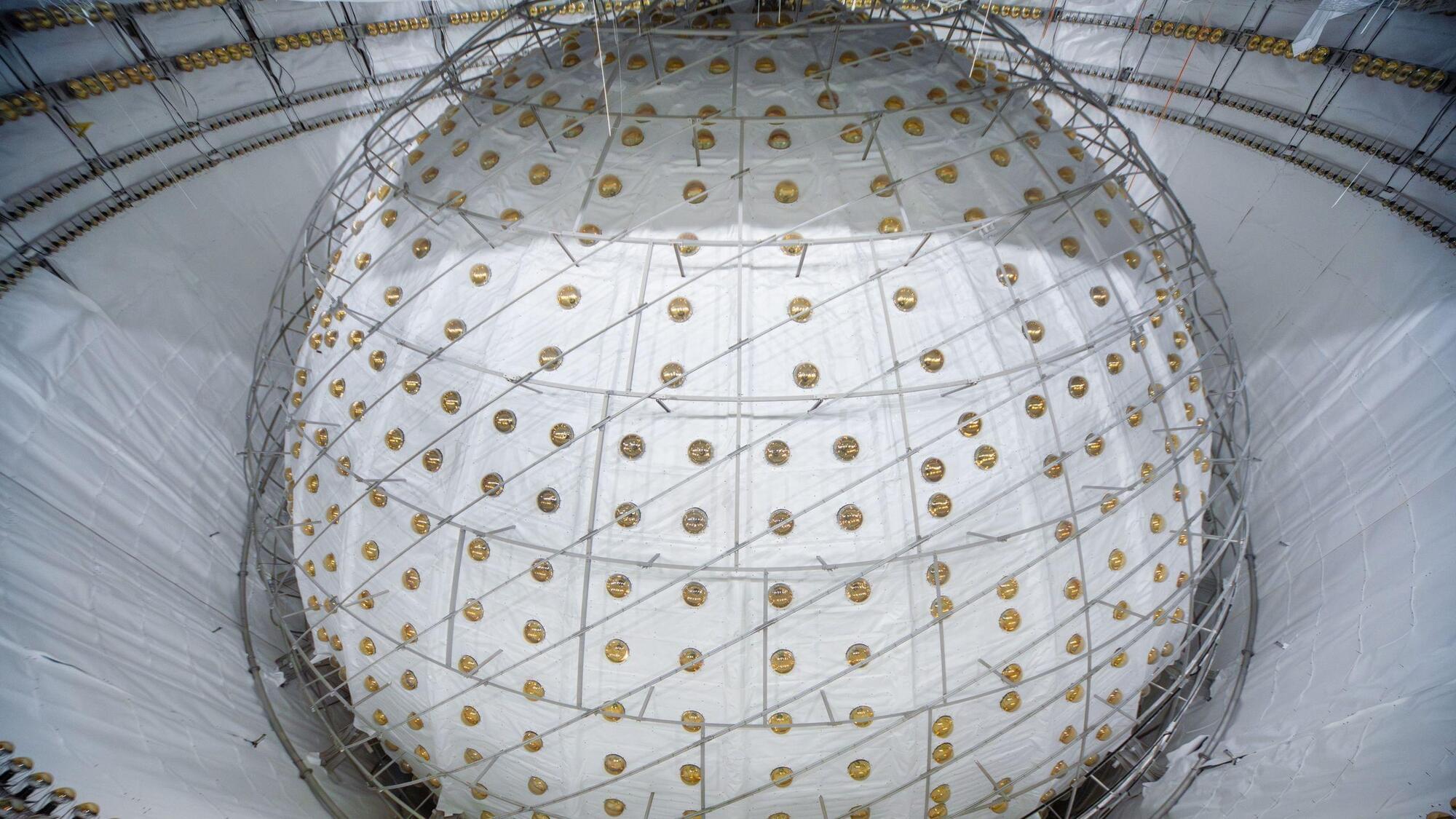

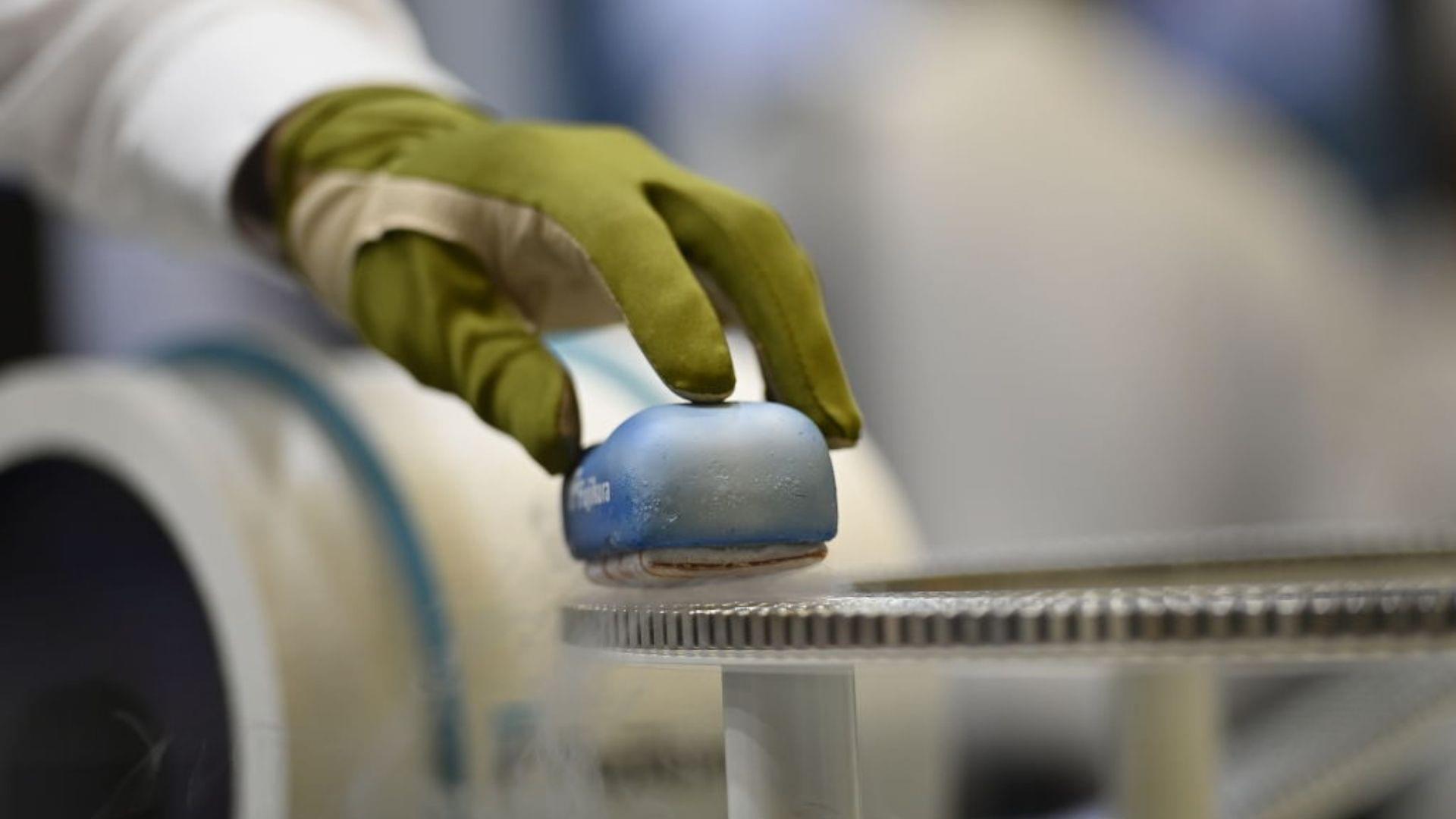

Never-before-seen ratios of particles making up atomic nuclei have emerged in a landmark experiment involving the fragmentation of heavy elements.
By breaking apart the nuclei of platinum, physicists led by Oleg Tarasov of Michigan State University have discovered new isotopes of rare-Earth elements thulium, ytterbium, and lutetium. It’s an achievement that scientists believe will help them understand the properties of neutron-rich nuclei and the processes that forge new elements in the collision of neutron stars.
The work, the researchers say, also demonstrates the power of Michigan State University’s recently completed Facility for Rare Isotope Beams (FRIB), which conducted its first experiment in June 2022.
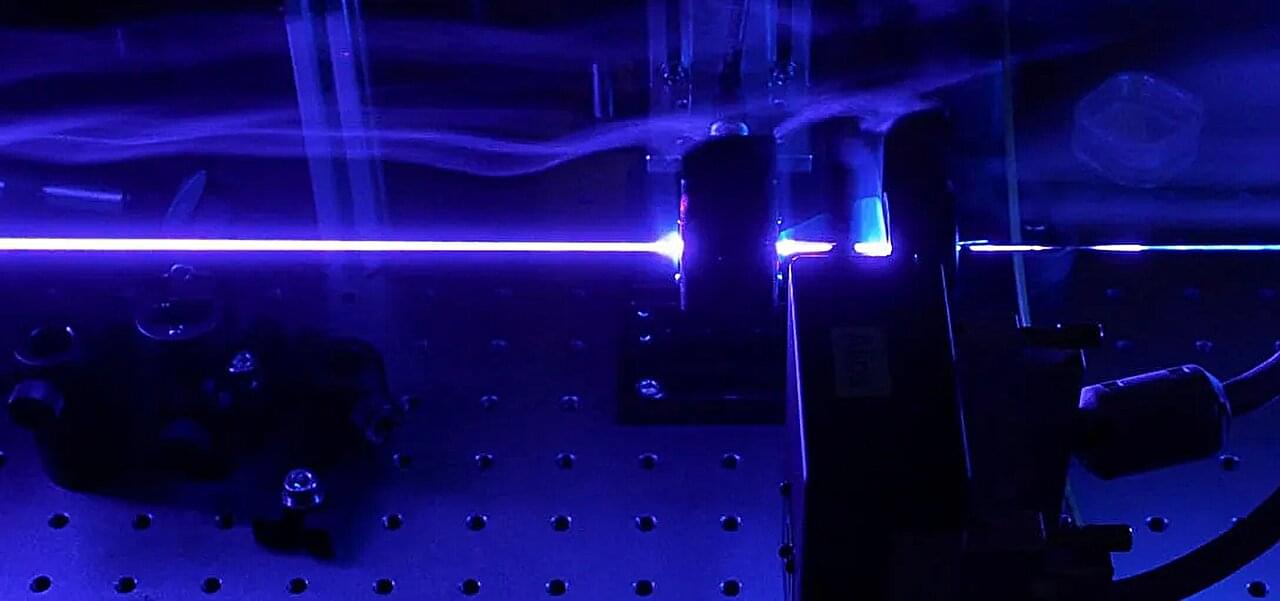
For decades, physicists have dreamed of a quantum internet: a planetary web of ultrasecure communications and super-powered computation built not from electrical signals, but from the ghostly connections between particles of light.
Now, scientists in Edinburgh say they’ve taken a major step toward turning that vision into something real.
Researchers at Heriot-Watt University have unveiled a prototype quantum network that links two smaller networks into one reconfigurable, eight-user system capable of routing and even teleporting entanglement on demand.
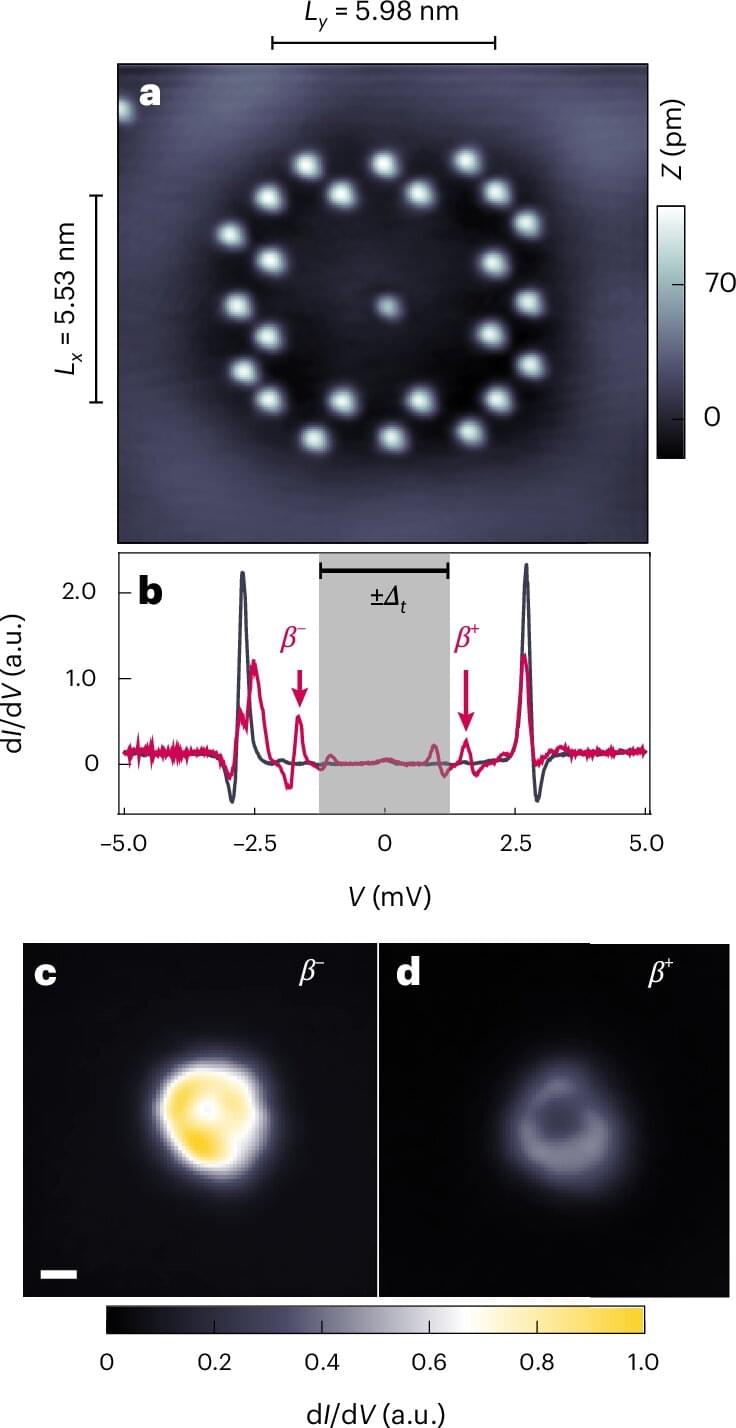
Hybrid materials made of magnets and superconductors give rise to fascinating quantum phenomena, which are so sensitive that it is crucial to measure them with minimal interference. Researchers at the University of Hamburg and the University of Illinois Chicago have now demonstrated, both experimentally and theoretically, how these quantum phenomena can be detected and controlled over longer distances using special techniques with a scanning tunneling microscope.
Their findings, which could be important for topological quantum computers, were published in the journal Nature Physics.
When a magnetic atom is located in a superconductor, so-called Yu-Shiba-Rusinov quasiparticles are created. Normally, they can only be measured with a high detection probability directly at the location of the atom using the tip of a scanning tunneling microscope.